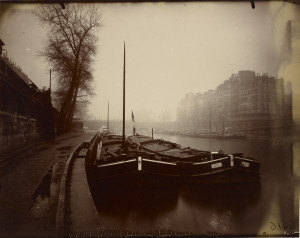
Yesterday I flew back from my nephew’s wedding. It was a beautiful wedding, celebrated in the same little stone church where I’d been married 36 years earlier. And the reception was very festive, with the dance floor crowded all night.
I’ve been thinking about ceremony, how important it is, and how hard it is to do well. Last week, before flying to the wedding, I’d attended a funeral. It was a particularly sad funeral, for a young man who’d drowned while on a solo sailing voyage.
His parents are our friends. My husband was the first to hear the news after the Coast Guard called, and we waited it out with them during the terrible hours and days of the search, until finally his body was recovered.
What can anyone do during such tragedy? The answer is not much. Nothing to change the outcome or affect the flow of events.
Yet, the little we can do is of great worth. We can listen. We can cry. We can just sit with. We can walk the dog, order pizza, make sure cell phones get charged, do some laundry. We can pray. If you ever doubt whether you could make a difference to someone in crisis, ask yourself what their experience would be like if they were alone or if you were not there. The answer is immediately clear.
Our friends asked for help to create some kind of meaningful ceremony to honor his death. They are not a religious family, although Andy was very spiritual, a quality his mother shares. But they don’t have a faith practice or a community to help structure a funeral or memorial service. There was just a huge hole. A gaping void.
It was at this throbbing edge of emptiness that they found some solace in a ceremony that
1. honored the sea that Andy had loved
2. included powerful music, poetry and appeals to a greater source of meaning
3. invited people to share stories and memories of Andy, and
4. provided abundant, delicious food (Andy loved good food) and drink.
Aboard a boat, as the family scattered ashes, they felt they were releasing his physical remains to the greater currents. Back at the house, with almost 100 people gathered, they felt his spirit was still present in his impact on others and the memories shared. And the ceremony became an uplifting celebration, buoyed by love, kindness, laughter and connection. The memory of that day will be a light in dark times ahead.
I’m starting to think that ceremony—whether joyful or sorrowful—rests primarily on community, a community that is intentionally gathered for a shared purpose. We become one for a time. We come together hoping that the old truism holds. A joy shared is doubled. A sorrow shared is halved.